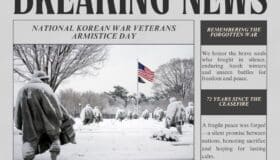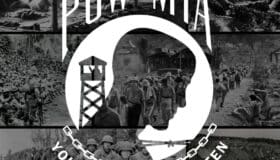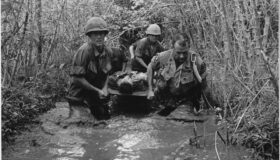The Start of the Korean War: A Battle That Never Truly Ended
June 21, 2025
When the guns fell silent after World War II, the world exhaled—but peace was an illusion. Within five years, the Korean Peninsula erupted into a brutal, complex conflict that would reshape the Cold War and redefine America’s military role in Asia.
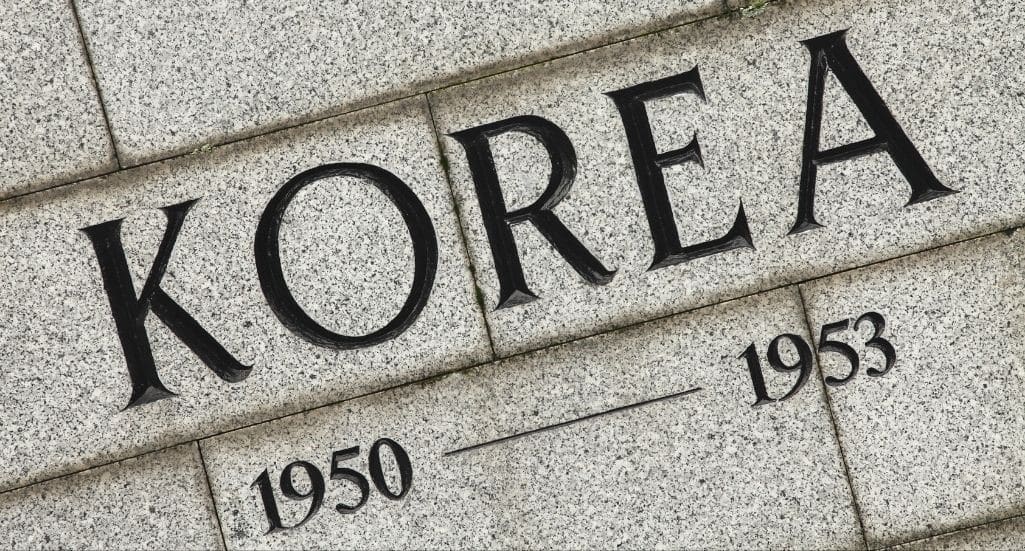
The Korean War (1950–1953), often overshadowed by the battles of Europe, Vietnam, and the Middle East, demands renewed attention. It wasn’t declared by Congress, didn’t end in victory, and barely held the spotlight. Yet make no mistake: this conflict ranks among the most brutal and consequential wars of the 20th century. It redrew the map of Asia, altered the lives of millions, and carved a dividing line that continues to scar the nation to this day.
Origins: How Did a Country Become a Battlefield?
The Korean Peninsula didn’t start the 20th century as a battleground—it became one by force. For 35 years, from 1910 to 1945, Korea was occupied by Imperial Japan. When World War II ended and Japan surrendered, Korea was suddenly free but also vulnerable. The Allied powers quickly divided the peninsula along the 38th parallel. This division wasn’t meant to create two countries—it was meant to manage the disarmament of Japanese forces.
“North and South were meant to be temporary zones — but the division became permanent.”
— North and South by Elizabeth Gaskell
In the north, Soviet troops accepted the surrender. In the south, it was the Americans. Two separate governments emerged — each claiming to be the rightful leader of all Korea.
- North Korea: Led by Kim Il-sung, a former anti-Japanese guerrilla backed by the Soviet Union and later China.
- South Korea: Led by Syngman Rhee, a fiercely anti-communist leader supported by the United States.
By 1948, both governments were locked in a political standoff. Neither recognized the other. Both were preparing for something worse.
The Spark: What Ignited the Korean War?
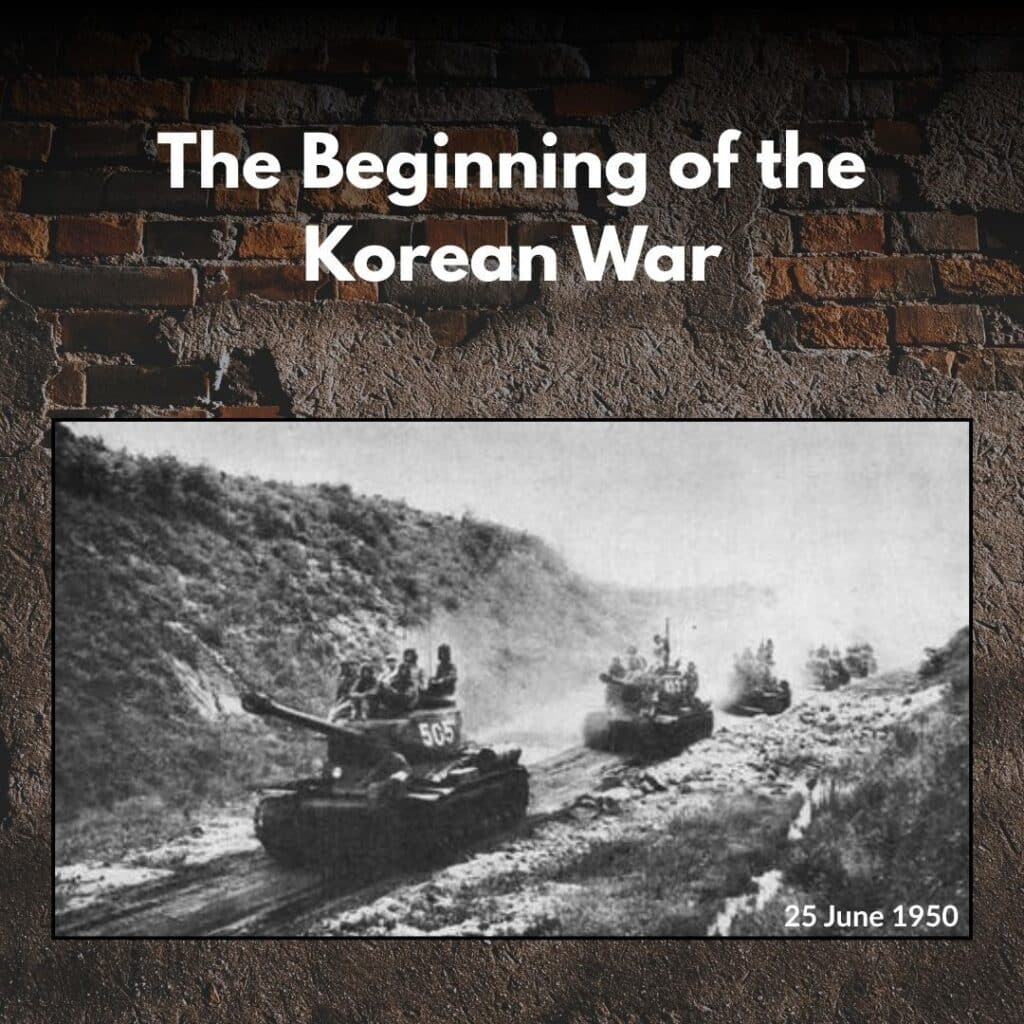
At dawn on June 25, 1950, North Korea launched a full-scale invasion of South Korea. It was swift, brutal, and unexpected. Armed with Soviet tanks and artillery, the North Korean People’s Army (NKPA) stormed across the 38th parallel and captured Seoul within days.
The United States, under President Harry S. Truman, viewed the invasion as a test of communist expansion and the credibility of the United Nations. Truman authorized U.S. air and naval support. By June 27, the UN Security Council passed a resolution recommending member states assist South Korea. The U.S. would lead this coalition under the UN flag—but the war was a thinly veiled U.S.-Soviet proxy conflict.
Who Really Fought in the Korean War?
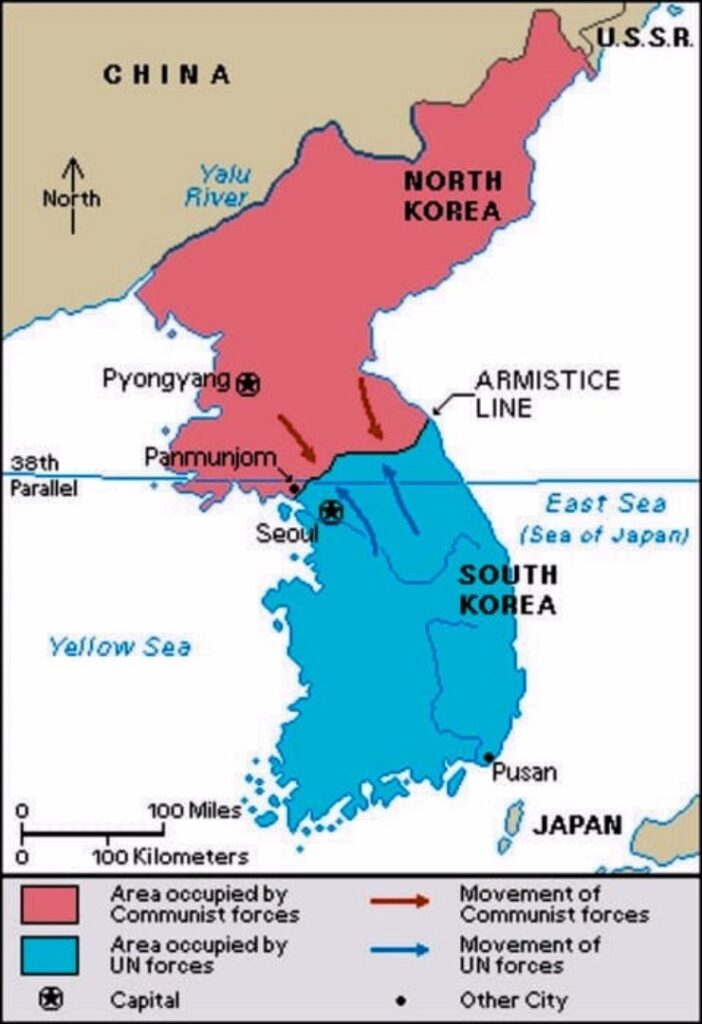
- North Korea: Supported by the Soviet Union and later reinforced by China.
- South Korea: Backed by the U.S., United Kingdom, Canada, Turkey, Australia, and others under the United Nations Command.
- China: Entered the war in October 1950 with massive numbers after UN forces neared its border at the Yalu River.
- The Soviet Union: Provided weapons, strategy—and secretly, pilots.
America’s First Fight of the Cold War

America’s entry into the Korean War marked the first large-scale military intervention of the Cold War. It was also the first time U.S. forces fought under the auspices of a multinational coalition. General Douglas MacArthur, the World War II hero, was appointed commander of the UN forces.
At first, the war went poorly for the South and its allies. U.S. and South Korean forces were pushed back to a small perimeter around the port city of Pusan in the southeast—a position known as the Pusan Perimeter. Then came a bold counterstrike: The Inchon Landing, masterminded by General MacArthur. It turned the tide, allowing the UN to push the NKPA back, liberate Seoul, and even enter North Korea.
But success was short-lived.
Why Did China Join the Battle?
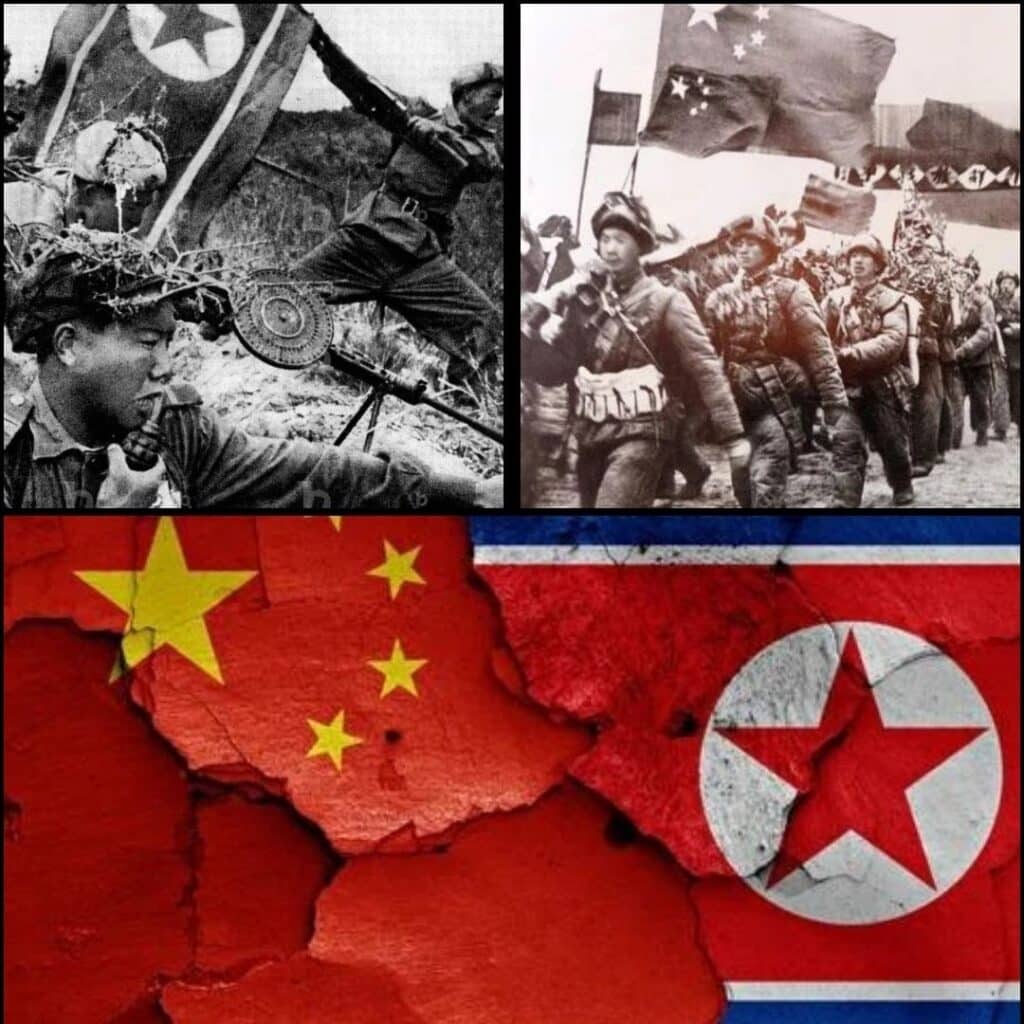
China warned repeatedly that it would intervene if foreign troops approached its border. In October 1950, hundreds of thousands of Chinese troops and “volunteers” poured across the Yalu River, launching a massive surprise assault that caught UN forces off guard. The brutal Battle of Chosin Reservoir became legendary as U.S. Marines fought their way out of encirclement in freezing conditions.
The war seesawed again, with UN forces retreating, then stabilizing around the 38th parallel.
Secrets in the Skies: Soviet Pilots in Disguise
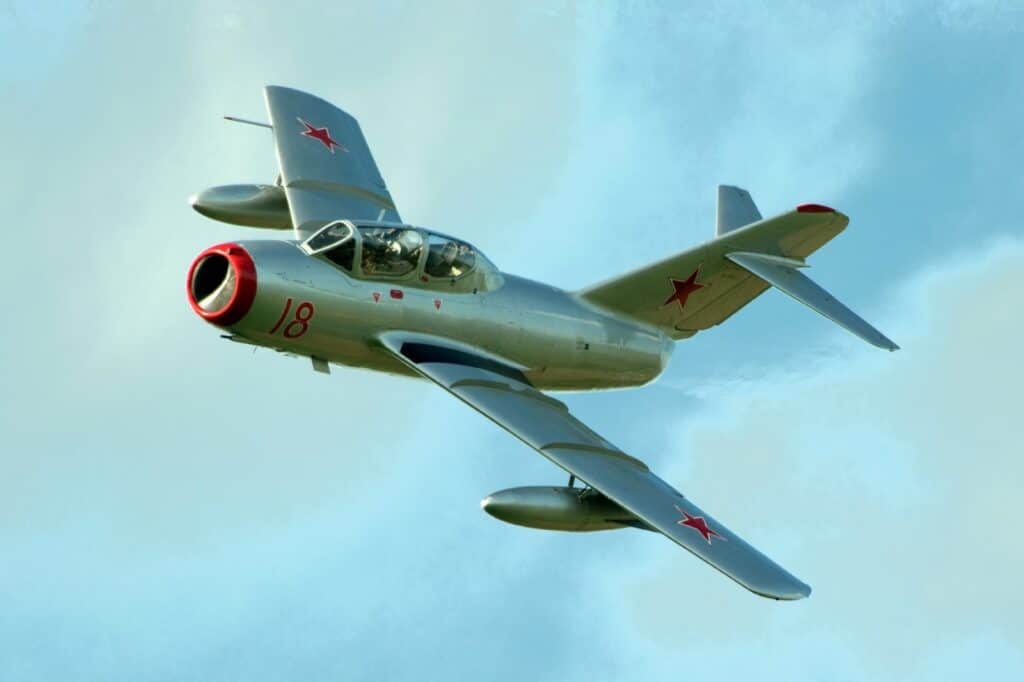
One of the best-kept secrets of the war didn’t come out until years later:
Operating from bases in Manchuria (northeastern China), Soviet pilots flew MiG-15s in combat against American and UN forces—disguised as North Koreans or Chinese.
Soviet aviators engaged U.S. pilots in “MiG Alley,” a hotspot for dogfights near the Yalu River. To avoid direct war with the United States, they wore foreign uniforms and were ordered to speak only Korean or Chinese over the radio. It was an open secret among U.S. pilots who quickly recognized the skill level and tactics of their Soviet adversaries.
One Soviet ace, Nikolai Sutyagin, scored 21 aerial kills. Making him the top fighter pilot of the Korean War, even though the Soviet Union publicly denied it was ever involved.
The Long Stalemate and the Ceasefire
From mid-1951 to mid-1953, the war settled into a bloody stalemate, with both sides digging in across a fortified front line. Despite intense fighting and high casualties, territorial changes were minimal.
Peace talks started in July 1951 but soon stalled, trapped in disputes over prisoner exchanges and border lines. After two years of deadlock, the Korean Armistice Agreement was finally signed on July 27, 1953, ending active combat.
This agreement created the Korean Demilitarized Zone (DMZ), a heavily fortified buffer that remains in place today.
No peace treaty was ever signed — meaning North and South Korea are technically still at war.
The Human Cost of War

- Korean military and civilians: 2–3 million dead
- Chinese soldiers: Over 180,000 dead
- U.S. troops: 36,574 killed, 100,000+ wounded
- Other UN troops: Over 3,000 dead from allies
The war’s impact on Korean children was especially devastating. Over 100,000 were orphaned—many left traumatized, starving, or uprooted from their homes. Families were torn apart by bombings, executions, and chaotic evacuations, shattering any sense of safety. For generations, the effects of lifelong poverty and PTSD stayed with many, especially in the North. There, children also faced a harsh regime of indoctrination and severe famine.
The Good, The Bad, and The Forgotten
The Good:
- South Korea’s survival and growth into a leading democracy and economy.
- Successful U.N. coalition resisting aggression.
- Medical innovations, like MASH units, saving countless lives.
The Bad:
- North Korea’s deepened isolation and militarism.
- Permanent division of families and nation.
- The war’s “forgotten” status despite massive sacrifice.
Why the Korean War Still Matters
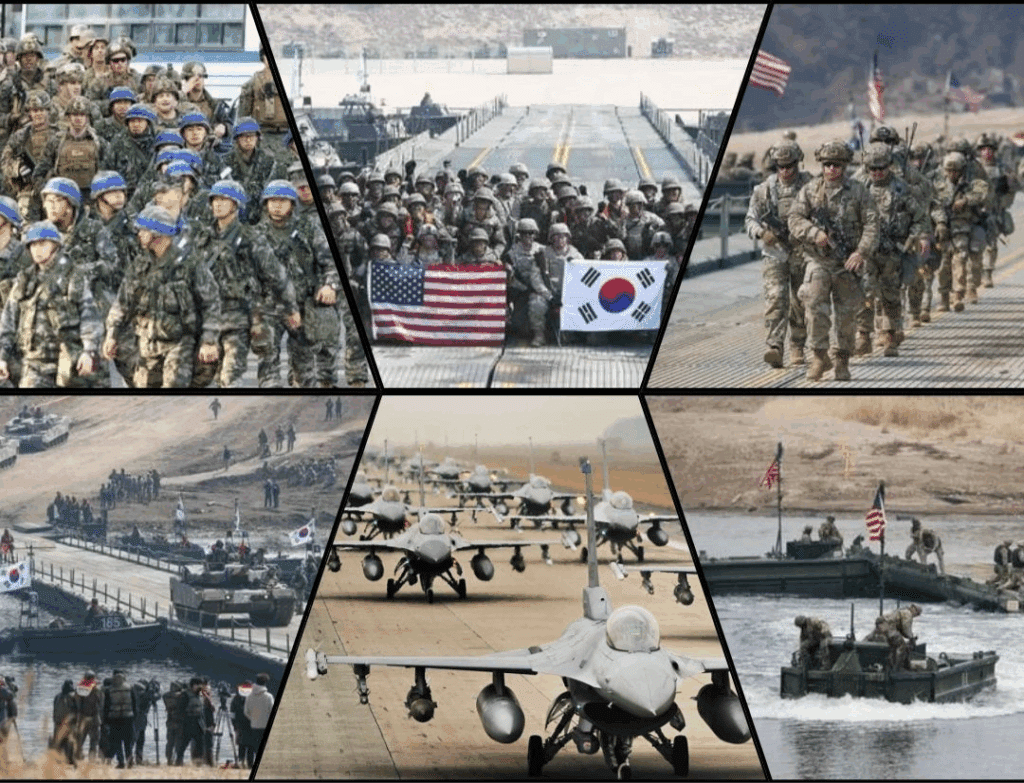
The Korean War was the first U.S. military confrontation of the Cold War and previewed American involvement in Vietnam. It forged the modern U.S.-South Korea alliance and left North Korea on a dangerous path to nuclear armament. Today, 28,000 U.S. troops remain in South Korea. Every missile test from Pyongyang echoes the war’s unresolved tension.
A War Worth Remembering
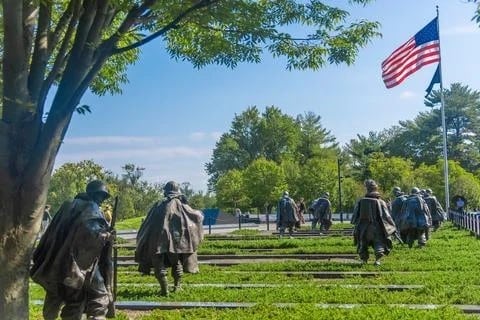
The Korean War didn’t end in triumph. But it exposed the fractures of the Cold War and demanded immense sacrifice from millions. “Freedom is not free,” reads the inscription at the Korean War Veterans Memorial. For those who fought and died in Korea—and those who came home forgotten—it never was. Let us remember them. Let us remember Korea.
Call to Action
Want to learn more? Visit the Korean War Veterans Memorial.
Support today’s heroes through organizations like the Korean War Veterans Association.
What to make an impact? Korean Kids and Orphanage Outreach Mission.
About the Author

Mike Isaac-Jimenez is a 25-year U.S. Air Force Veteran transitioning into retirement in San Antonio, TX, and currently serving as a SkillBridge intern with Soldiers’ Angels. He holds a B.S. in Technical Management (Project Management) from Embry-Riddle Aeronautical University, along with A.A.S. degrees in Mechanical & Electrical Technology and Mechanical Engineering.
